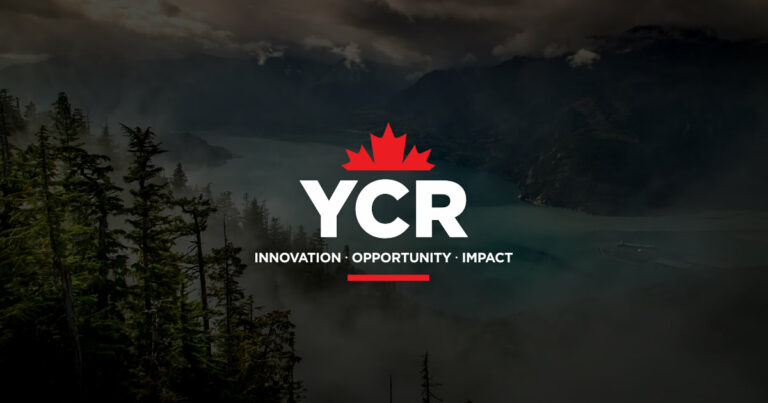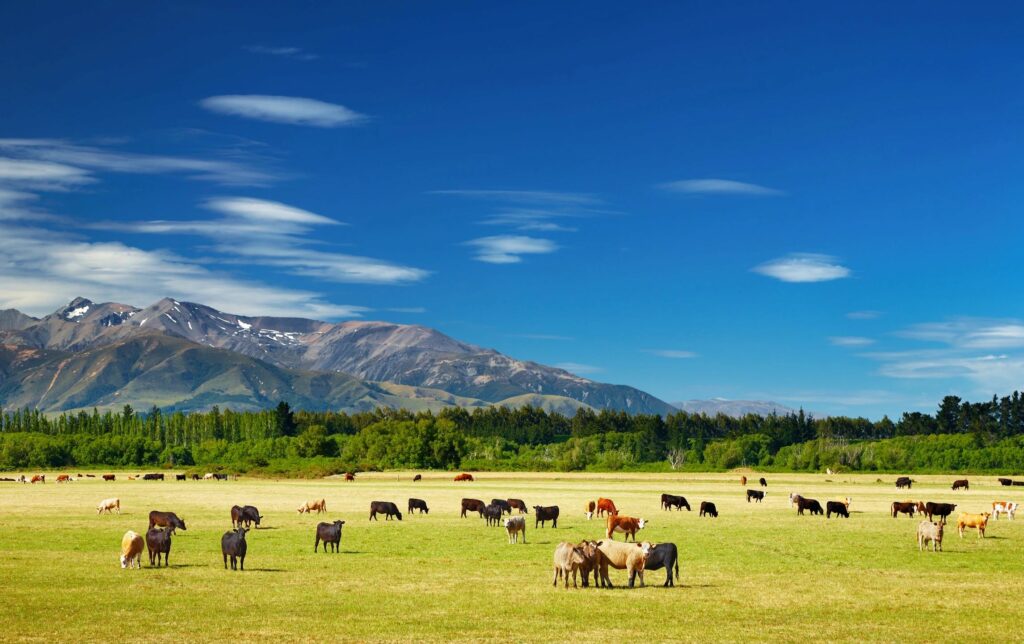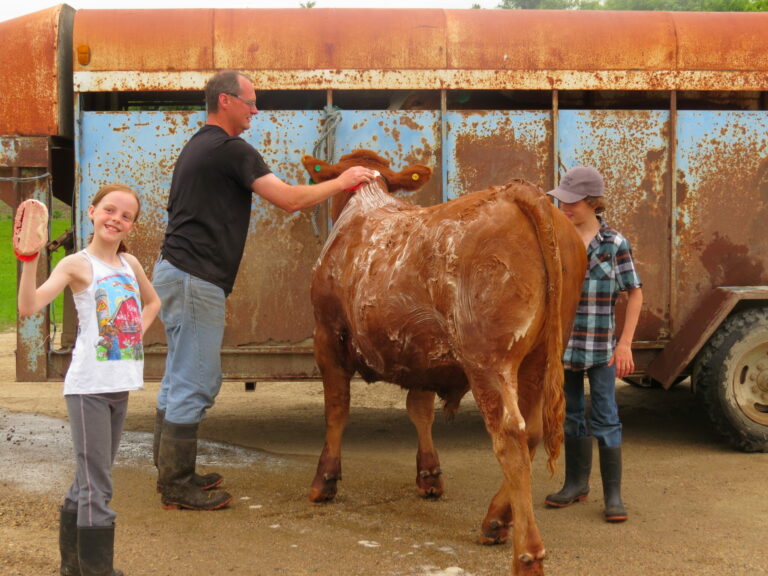
What Are The Hidden Costs of Canada’s Food Waste Crisis?
The complexity of food systems goes beyond our imagination, impacting Canadians’ lives. This not only includes how food is produced and consumed but also how it is discarded. Did you

Just a couple of weeks ago, the city of Calgary was choked with a thick smoke, courtesy of forest fires hundreds of kilometers away. Not only was the oppressive smoke cover an eyesore and a risk to health, but it also brought with it the realization that our forests, a critical resource in the fight against climate change, were being destroyed.
Now, to change the scenery, picture fields as far as the eye can see, broken up only by gently rolling hills, with perhaps the faint suggestion of mountains on the horizon. These fields are not bare, but blanketed by grasses, and interspersed with cattle. You are looking at a ranch, but also so more than just a ranch, for this is one of Canada’s lesser-known, but highly effective, tools against rising carbon emissions.
The Canadian Ranch is a powerhouse. The industry and the businesses it supports contribute billions of dollars to our country’s GDP, providing work for about 350 thousand people. The strength of Canada’s industry puts it in a strong position to meet the estimated 70% increase in demand for beef over the next 25 years.
But meeting rising food demands is not the only way that the Canadian ranch contributes to this country. There are a number of ways the Canadian Ranch can contribute to countering climate change, though this has not always been recognized. This is because one widely acclaimed method of combating climate change, planting more trees, has traditionally been seen as an impediment to ranching. The reality though, is there are substantial benefits to wildlife, the environment, and a rancher’s livestock when trees are added to the land.
This fact is vitally important when considering that the growing of new forests is essential in efforts to reduce atmospheric carbon. That’s why the work of organizations like Alternative Land Use Services (ALUS), which facilitates habitat restoration and forestation projects across Canada, is so important, particularly the roughly 8800 acres of land that they have reforested and remediated.
What then, about fires, which release all that stored carbon back into the atmosphere? Well, that’s where the 35 million acres of grassland that are protected by Canadian ranching operations step up. Since ranching operations do not require the tilling of soil, they preserve the ability of grasslands to take up carbon.
With forest fires being an ongoing concern in Canada, researchers in some places are recognizing that grasslands, which even when they burn do not release the carbon stored in their roots, can at times be a better means of carbon capture and storage than trees.
Compromising between meeting food demands, and retaining the planet’s natural stores of carbon, does seem to be a challenging choice to make.
This compromise becomes especially important when considering the roughly 75% of grasslands lost in the last five decades. The good news is Canadian ranching is able to both meet increasing food demands and preserve this vital resource. Any young Canadian should appreciate an industry that both conserves our natural landscape and its positive impact on the environment, while also addressing food security.
So, the next time you meet a Canadian rancher, remember to thank them, not only for the food on your plate, but the cleaner world they are helping to protect.
Sign up for updates about our work at YCR. Please sign up using a personal email and not a work or school email if possible.
"*" indicates required fields

The complexity of food systems goes beyond our imagination, impacting Canadians’ lives. This not only includes how food is produced and consumed but also how it is discarded. Did you

I’m sure you’ve heard about the growing interest in eating locally; but, do you know why? It is important to acknowledge the positive impact eating locally has beyond just being

Agriculture is a uniquely personal industry. Farmers and ranchers cherish and nurture their animals, crops, and land as if it is a part of their family, while simultaneously maintaining strong